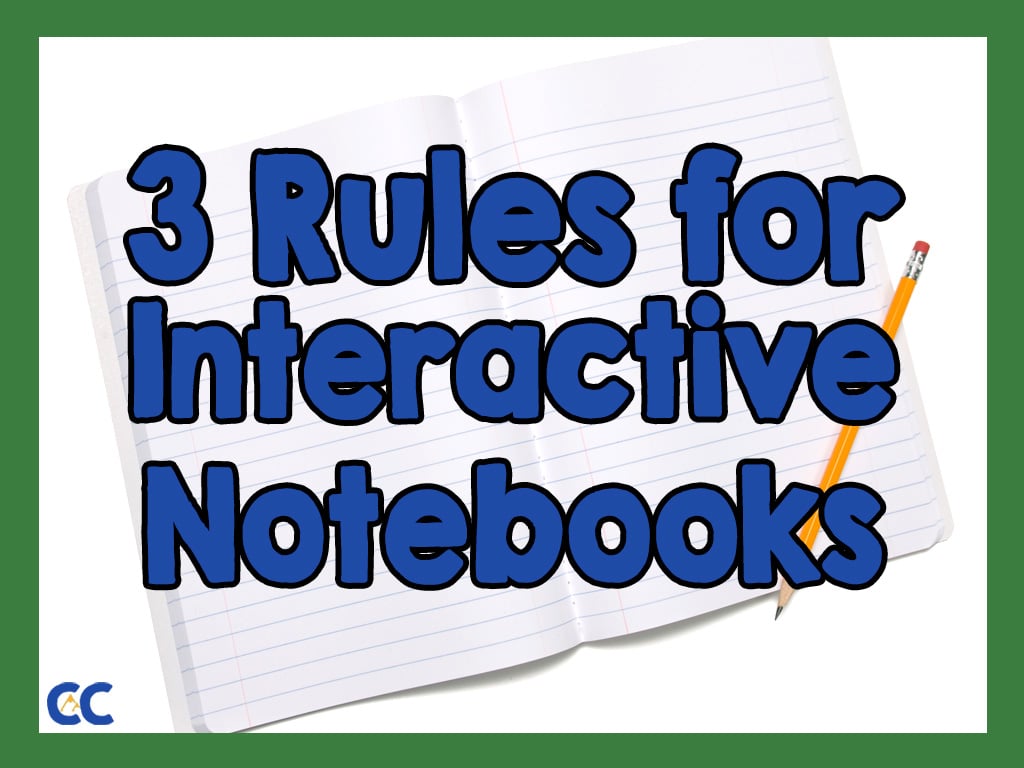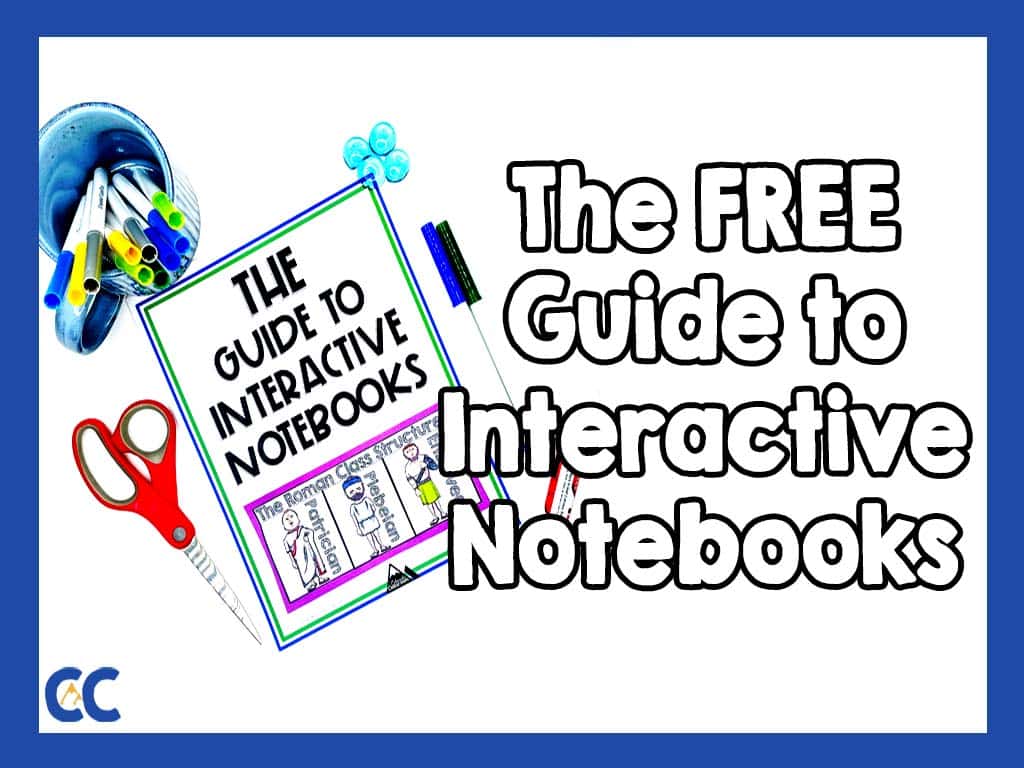3 Interactive Notebook Rules that yield Success in the Classroom
I have three interactive notebook rules that must be followed in my classroom. They not only bring about calm and strengthen classroom management, but they also create success with interactive notebooks. Let’s take a look at the three rules and how they can be implemented to bring about success with your students.

Interactive Notebook Rule #1 – You Can’t Learn What You Don’t Have

If students don’t complete the lessons, then they will be missing the information they need for later. Therefore, interactive notebook rule number 1 is that they must finish the lesson. Whether it is in class, after class, for homework, during recess, etc. the lesson must be finished. They cannot leave things incomplete. You cannot learn from an empty book.
Rule #2 – Shortcuts Do Not Breed Success

The second interactive notebook rule is in reference to the fact that kids love shortcuts. If there is a shortcut they can take, they are all over it. So oftentimes, with interactive notebooks, kids think they can just take some shortcuts and be done, however in the long run this type of behavior becomes detrimental. So I like to teach my students, from the beginning, that shortcuts are not acceptable, and do not help breed success.
Students who think that they can just color an entire picture brown will lose points for effort. Students who think that they can answer a thought-provoking question with a simple three-word phrase will have an adjustment made to their grade. And those who think I won’t catch things will soon be surprised.
Interactive Notebook Rule #3 – Your Book is Your Lifeline!

This final interactive notebook rule is to teach students that their interactive notebook is of great value to them. The INB is not there to complete and then just set aside. It is a mini textbook, which can be used as needed to help them complete their homework, study for tests, and sometimes even complete a quiz. I may even try to show them how it’s like cheating without actually cheating. This gets kids really excited.
Therefore, I do not allow any students to ask me any questions until they have consulted at least three interactive notebooks. It’s basically like the “Ask 3 Before Me” rule that many teachers have, but mine applies directly to INBs. When students have a question about the material, they must check their own book for the answer. If they cannot find what they are looking for, they should consult with two others to be safe. If the answers can still not be found, then they may approach me with the question. Upon obtaining an answer they are to immediately enter it into their notebook for further knowledge or to help someone else out.
This teaches them how to use reference material. It also teaches them the value of taking neater notes. If they can’t read their own writing or the notes of someone else, they begin to realize how important clear and concise writing is.
The Guide to Interactive Notebooks

If you found these three rules helpful, I have more information like them available through my Guide to Interactive Notebooks. This 14-page guide covers everything from choosing the right book, to creating your own foldables, to grading the contents of Interactive Notebooks. You can get your copy of the guide here!
If you would like to read more about interactive notebooks, I have some posts that may interest you.
Getting Started with Interactive Notebooks
Interactive Notebooks: Philosophy and Benefits
Thanks for a few minutes of your time.


Pingback: History Interactive Notebooks in the Modern Classroom